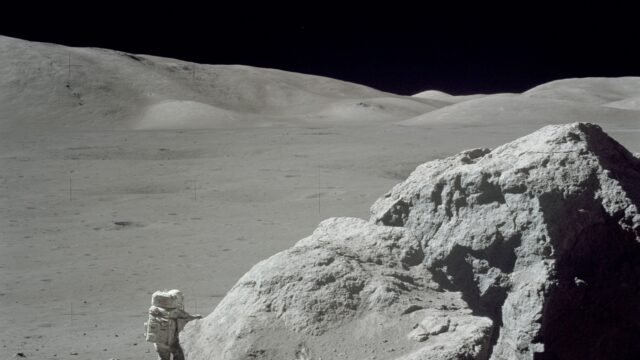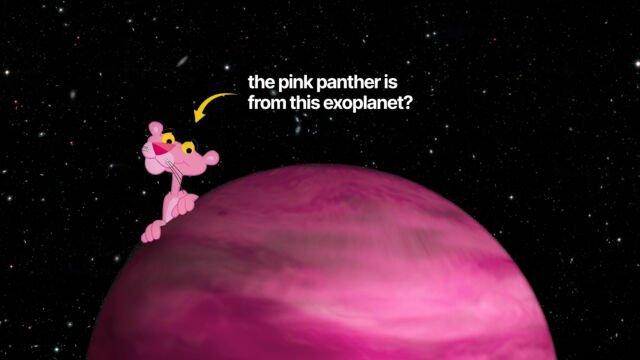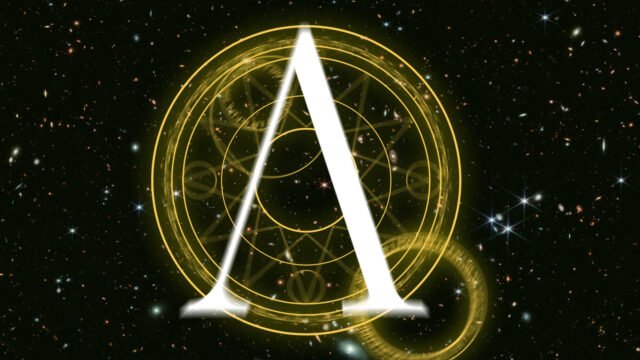Chandrayaan-3’s lander (Vikram) and rover (Pragyan) are solar-powered, which means that their mission life is limited to one lunar day (14 Earth days).
During this period, the moon will be receiving continuous sunlight, which is critical to the Chandrayaan-3’s mission.
Since Vikram and Pragyan can only function in the sunlight, the extremely cold weather will cause them to stop working after 14 days.
Environmental Conditions of the Lunar South Pole
The Chandrayaan-3’s soft landing was planned for August 23, and the day marked the start of the most recent lunar-solar cycle.
The sun sets on the moon every 14 Earth days, beginning a new cycle during which the temperature on the lunar surface drops to minus-180 degrees Celsius, rendering all technology frozen and useless.
The extreme environmental conditions present in the southern polar region of the Moon are the cause of this restricted working window.
Surface Temperatures
Intense temperature cycling occurs on the lunar surface between dawn and noon.
The quantity of incident solar radiation, the quantity reflected off the moon’s surface, and the quantity radiated in the infrared all affect the surface temperature.
In addition, the temperature drops quickly at dusk, dropping by around 5 Kelvins per hour.
Predawn temperatures in the polar regions are around 80 Kelvins, significantly lower in areas always under shadow close to the poles.
The wide temperature range and sudden change at sunset could have an impact on a variety of building materials and structures.
Instrument operation becomes noticeably more difficult with constant darkness and temperatures falling to -230 degrees Celsius.
Moon’s Atmosphere
The moon has an extremely weak atmosphere, it contains only 200,000 molecules/cm3 at night, giving a pressure of 1e-12 torr.
This hard vacuum creates problems with the outgassing of materials and causes solar and cosmic radiation and micrometeorites to hit the lunar surface unimpeded.
Also, the nighttime atmosphere is composed primarily of Hydrogen and noble gases
Breakdown of the 14-Day Chandrayaan-3 Mission
After the soft landing, at the moment, all payload systems involved in the Chandrayaan-3 mission are nominal and operations are being performed as per the schedule.
Chandrayaan-3 is now embarking on a 14-earth-day mission to conduct in-situ scientific experiments.
Both the lander and the rover are equipped with five scientific equipment that will assist researchers in learning more about the Moon’s surface’s tectonic activity, atmosphere, and physical properties.
The RAMBHA payload, which stands for Radio Anatomy of Moon Bound Hypersensitive Ionosphere and Atmosphere, will track the density of charged particles close to the lunar surface over time.
The Laser-Induced Breakdown Spectroscope (LIBS) will ascertain the elemental content of lunar soil, while the Alpha Particle X-ray spectrometer (APXS) will measure the chemical composition and infer the mineralogical composition of the moon’s surface.
Measurements of the lunar surface’s thermal characteristics close to the poles will be made by the Chandra Surface Thermophysical Experiment (ChaSTE).
Using the Instrument for Lunar Seismic Activity (ILSA), seismic activity will be monitored near the landing area to help map out the crustal and mantle structures of the moon.
The LASER Retroreflector Array (LRA) is a passive experiment to comprehend the dynamics of the Moon system.





